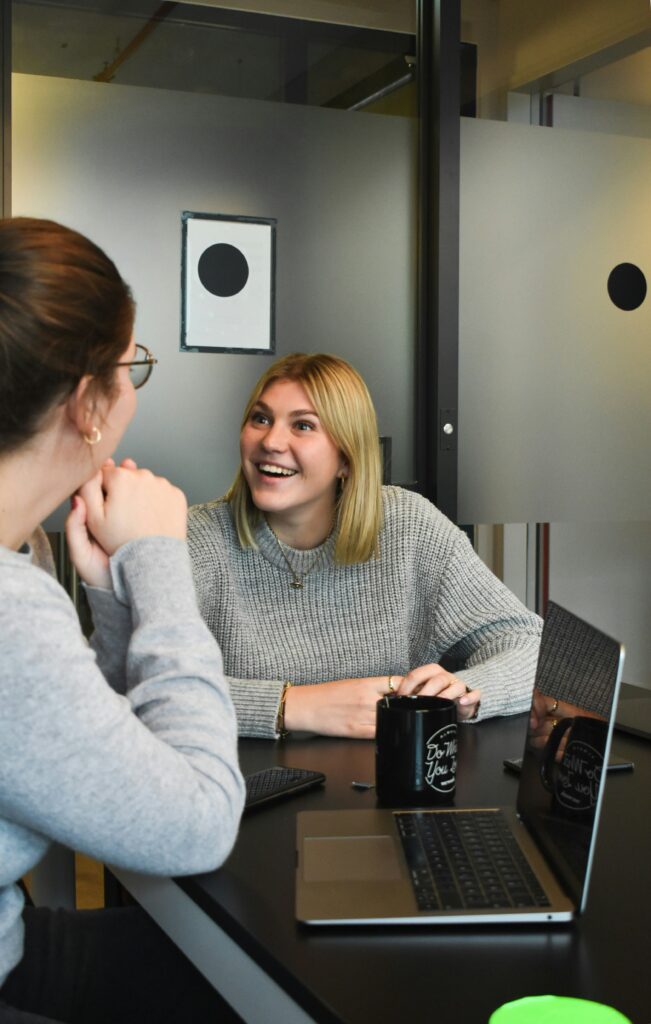Ever pondered how a refined and successfully executed onboarding process can significantly enhance the candidate experience and job satisfaction? The key lies in embracing a modern approach to onboarding.
Decoding Modern Onboarding
Unlike traditional, single-day orientation, modern onboarding is an ongoing process that begins even before a new hire’s initial day and continues for several months thereafter. It’s comprehensive, covering not just job-specific training but also company culture, values, and expectations.
In our fast-paced digital world, technology significantly influences modern onboarding. With the introduction of various digital tools and platforms, onboarding has evolved from a once static, one-size-fits-all process to a dynamic, personalised experience.
Digital onboarding platforms brim with features such as pre-boarding activities, interactive training materials, virtual tours, automated check-ins, feedback systems, and analytics. These tools not only streamline the process but also enhance the new hire’s experience by making them feel welcomed, prepared, and engaged from the start.
The Influence of Modern Onboarding on Candidate Experience
The onboarding process provides a new hire’s initial exposure to a company’s culture and operations. A favourable onboarding experience can set the tone for their entire tenure, making them feel valued and supported. On the other hand, a poor experience can lead to early disengagement and turnover.
Studies indicate that a robust onboarding experience ensures that 69% of workers remain with a firm for three years. This statistic vividly demonstrates how a positive candidate experience during onboarding can significantly improve employee retention.
Additionally, a well-structured onboarding process can also boost new hire productivity. According to a study by the Harvard Business Review, businesses with a standardised onboarding process experience 62% greater new hire productivity, along with 50% greater new hire retention. By helping new hires understand their roles and responsibilities from the start, modern onboarding can expedite their learning curve and allow them to contribute to the company’s success sooner.
Essential Components of a Successful Modern Onboarding Process
A successful modern onboarding process comprises several key components:
- Standardisation: While every new hire is unique, the onboarding process should be consistent. A standardised process ensures that all new hires receive the same essential information, reducing the risk of confusion or misinformation.
- Personalisation: Modern onboarding also acknowledges the need for personalisation. By customising certain aspects of the onboarding process to the individual’s role, experiences, and learning style, companies can make new hires feel more engaged and valued.
- Comprehensiveness: Modern onboarding extends beyond job-specific training. It includes an introduction to the company’s culture, values, and expectations, as well as opportunities for new hires to build relationships with their colleagues.
- Ongoing process: Unlike traditional orientation, modern onboarding isn’t a one-off event. It’s an ongoing process that can last for several months, providing continuous support and resources as the new hire settles into their role.
By incorporating these components, companies can create an onboarding process that not only equips new hires with the knowledge and skills they need to succeed but also enhances their overall experience.
Implementing Modern Onboarding in Your Organisation
Transitioning from a traditional to a modern onboarding process might seem daunting, but with strategic planning and the right tools, it can be a smooth and rewarding journey. Here are some steps to help you get started:
Make Use of Technology: Use digital onboarding platforms to automate and streamline the process. These platforms can help you deliver personalised, interactive, and engaging onboarding experiences regardless of where your employees are located.
Plan the Onboarding Journey: Plan the onboarding process from start to finish. Identify the key information and experiences new hires need to transition smoothly into their roles, and sequence them in a logical, manageable manner.
Customise the Experience: Personalise the onboarding experience based on the new hire’s role, experiences, and learning style. This can make them feel more engaged and valued, leading to better job satisfaction and retention.
Offer Continuous Support: Extend the onboarding process beyond the initial period. Provide continuous support and resources to help new hires become fully integrated and productive members of your team.
Track and Refine: Use analytics to track the effectiveness of your onboarding process. Identify areas of improvement and make necessary adjustments to ensure the process continues to meet the needs of your new hires and your organisation.
By embracing modern onboarding, you can enhance your new hires’ experience but also boost their productivity and retention, benefiting your organisation as a whole.
Conclusion
A well-executed modern onboarding process can significantly impact a new hire’s experience, job satisfaction, and retention rate. It involves equipping them with the knowledge and skills they need to perform their roles effectively, but also making them feel welcomed, valued, and engaged from the start.
Investing in modern onboarding is investing in your employees’ success and, by extension, your company’s success. With the right approach and tools, you can transform your onboarding process into a powerful driver of employee engagement and retention.
Remember, the benefits of a strong onboarding experience are clear: 69% of workers remain with a firm for three years, and organisations with a standardised onboarding process experience 62% greater new hire productivity. So, it’s never too late to start evaluating your current practices and considering how you can improve your onboarding process to enhance your candidates’ experience.






